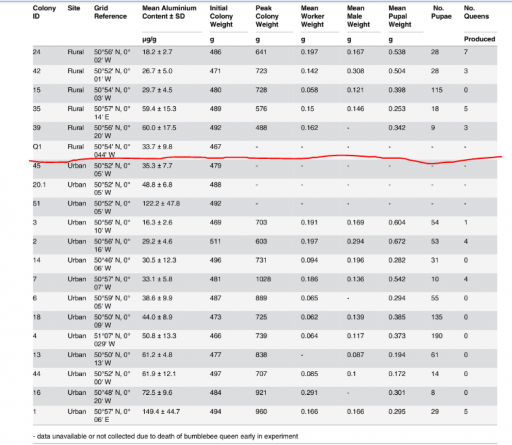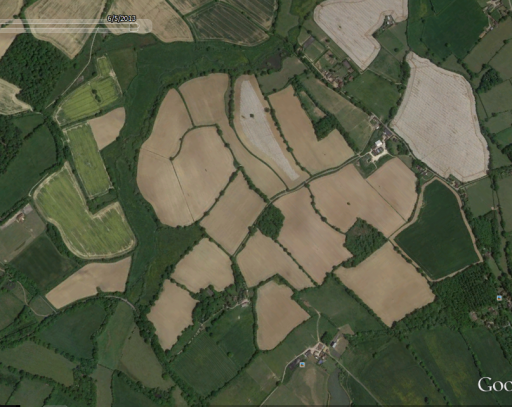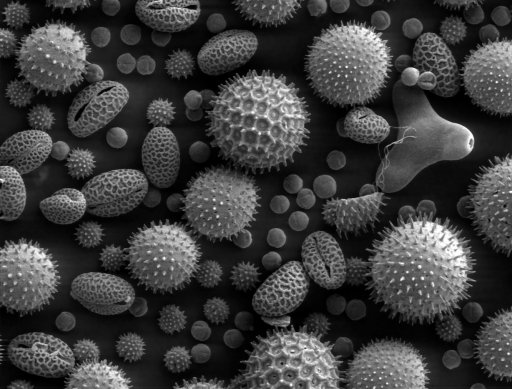Leifer
Senior Member.
(Copyright © 2015 Discovery Communications, LLC)
This is not a debunk (or is it ?).
This study is being used by chemtrail believers for further validation of their suspicions of an aluminumo-toxic environment. They might call it "more proof".
I can't dispute what the study finds, but the study is not without it's problems....mostly in the form of curious and assumptive statements which are in-turn being repeated on social media.
And then there is the bias of it's first-named author. (more on that later)
Bumblebee Pupae Contain High Levels of Aluminium
http://journals.plos.org/plosone/article?id=10.1371/journal.pone.0127665#authcontrib
(bold text, by me...)
"Aluminium is the most significant environmental contaminant of recent times"
Abstract
The causes of declines in bees and other pollinators remains an on-going debate. While recent attention has focussed upon pesticides, other environmental pollutants have largely been ignored. Aluminium is the most significant environmental contaminant of recent times and we speculated that it could be a factor in pollinator decline. Herein we have measured the content of aluminium in bumblebee pupae taken from naturally foraging colonies in the UK. Individual pupae were acid-digested in a microwave oven and their aluminium content determined using transversely heated graphite furnace atomic absorption spectrometry. Pupae were heavily contaminated with aluminium giving values between 13.4 and 193.4 μg/g dry wt. and a mean (SD) value of 51.0 (33.0) μg/g dry wt. for the 72 pupae tested. Mean aluminium content was shown to be a significant negative predictor of average pupal weight in colonies. While no other statistically significant relationships were found relating aluminium to bee or colony health, the actual content of aluminium in pupae are extremely high and demonstrate significant exposure to aluminium. Bees rely heavily on cognitive function and aluminium is a known neurotoxin with links, for example, to Alzheimer’s disease in humans. The significant contamination of bumblebee pupae by aluminium raises the intriguing spectre of cognitive dysfunction playing a role in their population decline.
....really ?....not CO2 gas ?.....not vehicle emissions ?.....not any other of these ??
Interestingly, the study does give a reference to that statement (ref. #5)....that being another study by this study's (same) author, C. Exely.....
"...and aluminium is a known neurotoxin with links, for example, to Alzheimer’s disease in humans."
Sure, in high enough doses AL can be a neurotoxin, but the scientific consensus is that AL is not significant cause of Alzheimer's. This study in question has a different opinion, probably because the first-named author of the study (Christopher Exley) wrote a book on it.....
Aluminium and Alzheimer's Disease
This study I suspect, will keep popping up as evidence-fodder by suspicious people, because it encapsulates a few controversial alternative media subjects.....
Alzheimer's
Bee decline (even though it's about bumblebees)
Chemtrails
.....even though the study reaches no definite conclusions.
It uses small sampling, no comparative studies, and the results themselves are "not significant".
The study (it's a small study, nearly an "article") affirms my above sentence....
I find it strange, to (even lightly) compare aluminum content of bumblebee pupae, to aluminum/Alzheimer's in humans. Since when are bumblebee brains >>>compared to human brains ?? by chance? or design ?There are no other comparable data for aluminium content of bumblebees, pupae or adults, or indeed any other pupae of terrestrial insects.
......
Our data provide preliminary evidence that exposure to aluminium may be having an adverse effect on bumblebees, for colonies with high concentrations in the pupae tended to have smaller pupae. However, no other strong effects were observed, and our data set is small. We suggest that further investigation is needed, both to find out the generality and extent of exposure of pollinators to aluminium, and to determine the consequences.
But they did, and the press is loving it, with eye-catching click-bait titles like....
"Are Bees Getting Dementia ?" (CNN)
"Are Bumblebees getting Alzheimer's ? (Discovery News)
What about those poor earthworms, who live in dirt, and will eat "aluminum contaminated" soil in order to burrow ? I wonder what the Alzheimer's rate in worms is ?
On the chemtrail front, Dane Wigington and Russ Tanner are hot on it, in their style, "we'll-quote-scientific-literature-only-when-it-agrees-with-our-opinion"....(and if it doesn't, "the science has been faked").....
http://globalskywatch.com/assets/mp3/gwradio/2015-06-09.mp3
(see 12:30 - 13:30 in the mp3)
When quoting the article, they both get the study's PPM and PPB results mixed-up, finally agreeing that this doesn't matter,
How can it not matter ?(Dane) "Either way, the numbers are extremely high."
Actually, the numbers in this study are in PPM, not PPB, so they are higher than what they "whatever-agreed" to (which was PPB).
The study uses dry-weight results, in the term ug/g, which is 1 ppm= 1 ug/g.
http://www.endmemo.com/sconvert/ppmug_g.php
.
Last edited:



